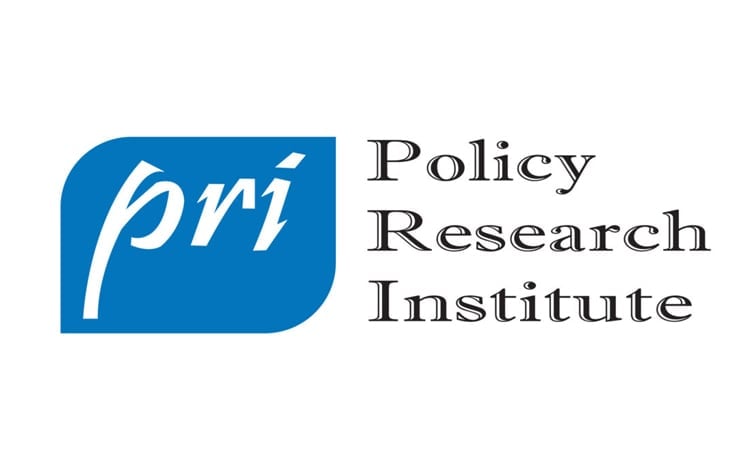News Flash

DHAKA, Oct 29, 2025 (BSS) - The Bangladesh economy continues to demonstrate progress toward stabilization, supported by a combination of decisive policy measures and resilient external sector performance, observed Policy Research Institute (PRI) of Bangladesh.
It mentioned that this stabilization effort is underpinned by several core macroeconomic drivers, including the maintenance of a tight monetary policy stance and prudent fiscal management.
Furthermore, the institute opined that external factors have provided crucial support, highlighted by steady export performance and robust remittance inflows.
These favorable external dynamics are contributing positively to improving foreign exchange reserves, it also remarked.
The PRI made the remarks at its Monthly Macroeconomic Insights (MMI) for August-September.
The Centre for Macroeconomic Analysis (CMEA) at PRI, in collaboration with the Australian Government's Department of Foreign Affairs and Trade (DFAT), today unveiled the MMI at an event at PRI conference room in the city.
Dr. Monzur Hossain, Member (Secretary) of General Economics Division (GED), Planning Commission, attended the event as the chief guest.
Dr. Zaidi Sattar, PRI Chairman, presided over the event while Dr. Ashikur Rahman, Principal Economist of PRI, delivered the Keynote Presentation.
Dr. Bazlul Haque Khondker, PRI Research Director, Dr. A. K. M. Atiqur Rahman, Professor, Department of Economics School of Business and Economics (SBE) North South University, Dr. M. Masrour Reaz, Chairman and CEO, Policy Exchange of Bangladesh and Tanji Mostafa Director, Meghna Group of Industries (MGI) were distinguished panelists.
In his speech, Monzur Hossain emphasized that investment is shaped by the broader economic ecosystem rather than by isolated policy decisions.
“Since the interim government assumed office, macroeconomic stability has improved, inflation has moderated, and pressures on the exchange rate and foreign reserves have eased,” he added.
At the opening remarks, Dr Zaidi Sattar said that with an investment-to-GDP ratio of 29 per cent, Bangladesh has the potential to achieve a growth rate of over 5 per cent, but global multilateral institutions have revised down their growth projections.
He added that macroeconomic stability has been restored, albeit modestly, while external indicators such as the balance of payments and foreign exchange reserves remain in a comfortable position.
He said that the economy's current stability, particularly concerning foreign exchange reserves, is credited to the adoption of a flexible exchange rate system.
According to the Bangladesh Bank, gross reserves currently stand at $32 billion. But, as per the International Monetary Fund (IMF) methodology under the Balance of Payments and International Investment Position Manual (BPM6), Bangladesh's foreign exchange reserves stood at around $27 billion.
He said these figures translate to an import cover of about 5.5 months based on gross reserves, or slightly under 5 months based on the IMF BPM6 estimate.
“While the situation is not terribly comfortable, it is still deemed comfortable. The ideal reserve coverage would encompass at least six months of imports,” he added.
Dr. Ashikur Rahman said although headline inflation recorded a marginal uptick in September, underlying price dynamics suggest a gradual moderation of inflationary pressures in the near term.
“Investment is experiencing some early positive signs, with LC opening for capital machinery imports showing a 20% y-o-y increase in the first quarter of FY26,” he added.
Ashikur Rahman said Bangladesh's external sector posted sustained improvement in the first quarter of FY25, Export growth remained lukewarm with a 5.6% y-o-y increase, while imports saw a 9.6% y-o-y growth.
“Remittance remained a strong driver, with earnings rising to US$7.6 billion, a robust 16% yoy growth. The overall balance of payments deficit narrowed by 96% yoy to $ 53 million, marking a clear improvement in external stability. Foreign exchange reserves rose to over $27 billion (BPM6) as of 23 October 2025, providing 4.6 months of import coverage and reinforcing external stability,” he added.